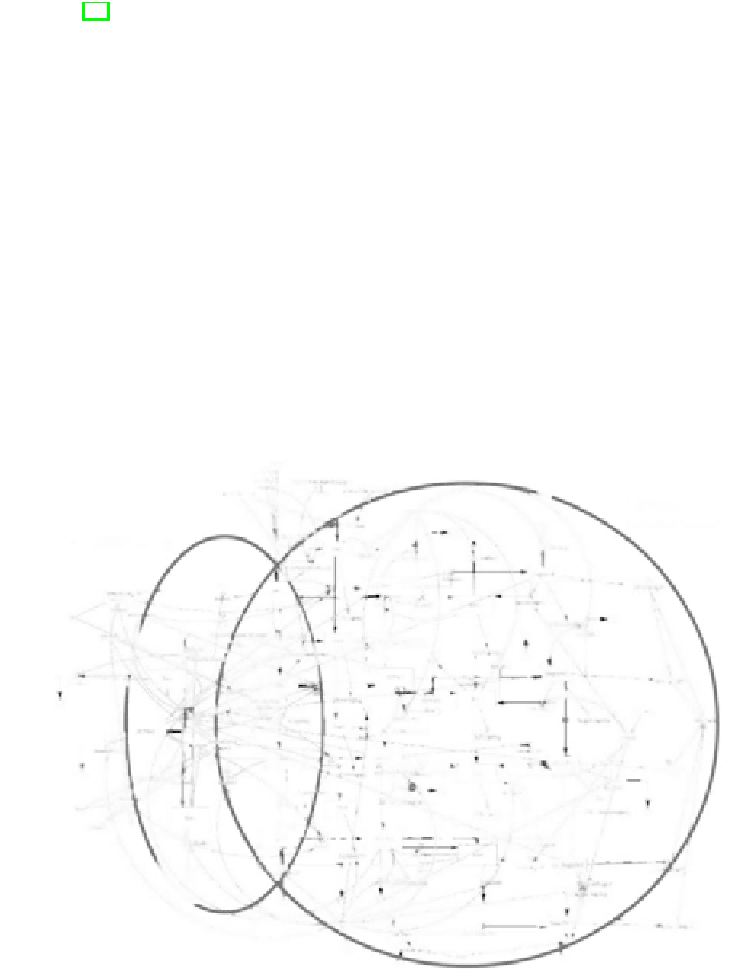Information Technology Reference
In-Depth Information
Mathematical Modeling.
The area of epidemic modeling is explored by re-
searchers from different academic backgrounds: physicians, physicists, mathe-
maticians, statisticians, computer scientists, geographers (spacial epidemiology)
and sociologists. All of them have something to add and this project is based
on different approaches from mathematical to computational approach (simu-
lations) and it also comprises concepts of physics, sociological and statistical
analysis [11]. This work is specious, because it is interdisciplinary and shedding
light on methods which have not been used very much in epidemiology until this
moment. Epidemiological models based on human-to-human transmission from
differential equation point of view do exist in older literature [12], but in more
recent work in the area, agent-based models appear more often. Mathematical
models and computer simulation start to play significant role as quantity of so-
cial interactions [13] is enormous, but more important than simulations are real
data especially register-based.
Environment of Study.
The core of this research are computer simulations.
First, a model that represents sexually active population of Poles was devel-
oped. The model operates on the level of the whole country (action and state
of agents are simulated at the level of the whole country [9], [10] - above 20
million people for Poland). In this study, however, we limit ourselves to the
standard epidemic models, where categories of population are subgroups based
on the model of SIR (Susceptible-Infected-Removed) [10]. We built the model
Fig. 1.
Concept of model in Vensim





